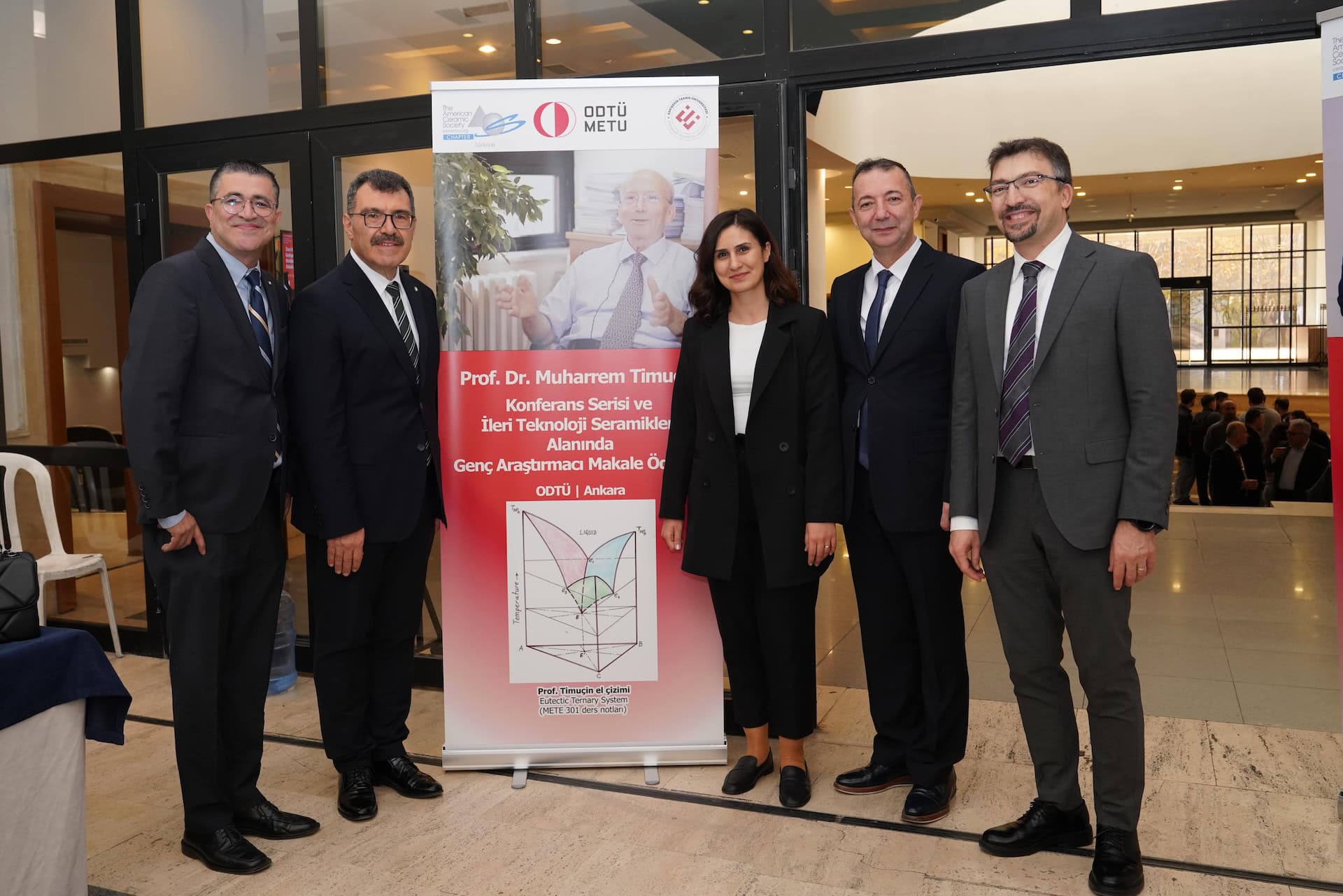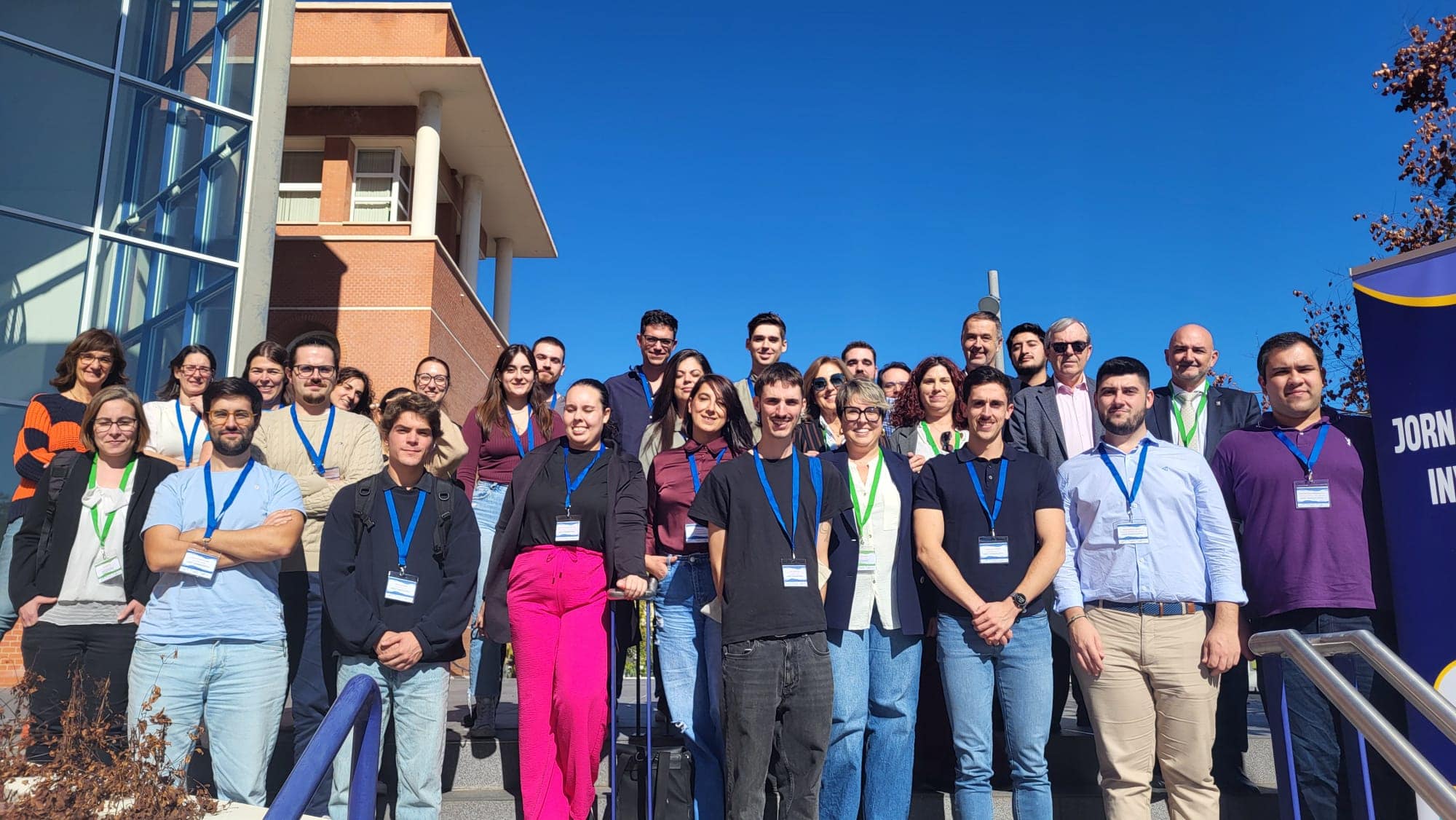
[Image above] PacRim 14 program chair Michael Halbig (right) welcomes attendees to the conference and introduces the opening plenary session. Credit: ACerS
The weather the week of December 13 in Vancouver, BC, Canada, was seasonably chilly with a mix of rain and clouds. The Christmas holiday decorations were splendid, and the famous Vancouver Christmas Market was in full swing. It was a great setting for the PacRim 14/GOMD 2021 conference.
Too bad, though, none of us were there. You know why.
“As we navigated though the pandemic and different protocols, the conference had to be delayed and switched away from in-person in Vancouver. Despite this setback, we were able to have PacRim 14 in virtual mode, which allowed attendees and presenters from all around the world to keep in touch, make new connections, and share the latest in cutting edge research,” says Michael Halbig, program chair of the 14th Pacific Rim Conference on Ceramic and Glass Technology (PacRim 14).
The PacRim conference series is a partnership between five ceramic societies: Korean Ceramic Society, Ceramic Society of Japan, Australian Ceramic Society, Chinese Ceramic Society, and ACerS.
The Glass & Optical Materials Division also held its 2021 Annual Meeting in conjunction with PacRim 14, with Doris Möncke and Mathieu Hubert cochairing the program.
The joint meeting was originally planned for May 2021, but organizers delayed it to December in the hopes of being in a manageable situation with COVID-19.
“We were very lucky to have great volunteer organizers who were able to react and adjust to the ever-changing meeting format due to the pandemic. The way our organizer team stepped up and kept our speakers and moderators engaged and energized for what was to be the largest virtual conference ever run by ACerS was commendable,” says Andrea Ross, ACerS director of meetings, marketing, and membership.
Both PacRim 14 and GOMD 2021 held their full complement of plenary talks, award presentations, and award lectures. Despite the shifting circumstances, the virtual conference successfully presented about 700 talks across four days, including one day with 30 concurrent sessions!
More than 500 people, of which 118 were students, attended the conference from 33 countries. The event adhered to the Pacific time zone schedule, which meant presenters and attendees from some parts of the world heroically awoke in the middle of the night to field questions.
Despite the lack of coffee breaks, welcome receptions, and conference banquets, organizers were encouraged to see friends and colleagues.
“Being able to chat with colleagues I had not seen in over two years now was great,” says Hubert. Also, “It was nice to see friends and colleagues online who we haven’t seen for a while,” echoes Halbig.
The next PacRim will be organized by the Chinese Ceramic Society and held November 2023 in Shenzhen, China. The GOMD will hold its next Annual Meeting in Baltimore, Md., May 22–26, 2022. The GOMD has planned extra activities around the conference as part of the year-long celebration of the United Nations International Year of Glass. Program chairs are Ashutosh Goel from Rutgers University and Charmayne Lonergan of the Pacific Northwest National Laboratory.
“I cannot wait for the next GOMD meeting in Baltimore,” says GOMD co-chair Doris Möncke.
“And I’m really looking forward to the International Year of Glass,” adds Hubert.
Registrants may view the recorded sessions (including the Q&A discussions) through Feb. 28, 2022. Conference registration will remain open until then as well for those who wish to view the recorded sessions. See below for screenshots and impressions from the PacRim 14/GOMD 2021 conference.
ACerS president Beth Dickey (below right) presented the 2021 Samuel Giejsbeek PacRim International Award to Young-Wook Kim of the University of Seoul, South Korea. She presented a second Geijsbeek Award to Makio Naito of Osaka University, Japan.

Mary Ann White, Harry Shirreff Professor of Chemical Research (emerita) at Dalhousie University, kicked off the plenary session with a talk on thermal properties of ceramics. Noting that “We don’t have enough [raw materials] to use everything fresh forever,” she focused on four thermal properties with an eye to sustainability: thermal expansion, thermal conductivity, heat capacity, and melting.

The second plenary speaker, Jaw-Shen Tsai, professor of physics at Tokyo University of Science, talked about recent advances and remaining challenges for quantum chip computing. Researchers are working on making a 100-quibit chip with planar packaging and starting to develop new architectures.
Melissa Orme, vice president of Boeing Additive Manufacturing, highlighted some notable successes of additive manufacturing, such as GE’s LEAP fuel nozzle, which consolidated 20 parts into one with a 25% weight reduction. About additive approaches she says, “It’s almost limitless. We have so much more to do than find the next part for an engine.” However, harnessing AM’s potential will require a new mentality, so “We need to learn how to mitigate risk, so that AM becomes a standard, viable manufacturing option to achieve differentiating products not possible otherwise.”
The plenary session concluded with a timely talk by Sang Il Seok, Distinguished Professor from Ulsan National Institute of Science and Technology, South Korea, on the latest advances in halide perovskite materials and their readiness for device applications.
Mathieu Huber, GOMD 2021 program co-chair, opens the GOMD Annual Meeting by noting that “It is glass that allows us to be here today with optical fibers, cameras, etc. Glass allows us to stay connected…let’s celebrate glass.”

Clockwise from top left: Kathleen Richardson (University of Central Florida), Tanguy Rouxel (University of Rennes 1, France), and Matthias Mueller (Schott AG, Germany) teamed up to present the 2021 Otto Schott Research Award to two deserving recipients: Sabyasachi Sen (UC Davis) and Josef Zwanziger (Dalhousie University, Canada). The Schott Award promotes collaboration between industry and academia and is awarded every two years.

Author
Eileen De Guire
Spotlight Categories
- Division News
- Meeting Highlights
Divisions
- Glass & Optical Materials


